It has been a year since I wrote about my first DSLR, a Canon Rebel XSi. By the time I bought that camera, it was already old, roughed up, and way out of date. It was still a fine camera capable of taking excellent photographs, and it still is. It was an excellent and inexpensive way to dip my toe into the waters of professional-grade digital photography, but I’ve known for a while that an upgrade was in my future. I’ve been buying all sorts of camera gear—mostly lenses—but I’ve been making sure everything I bought would work with a full-frame Canon DSLR—just in case!
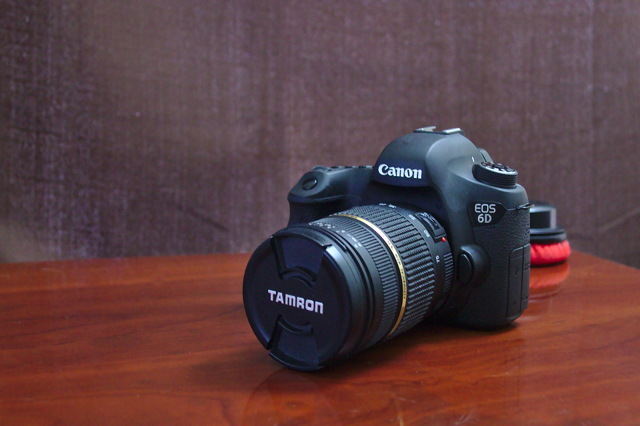
A few months ago, my wife started attending our Photography Club meetings at TheLab.ms. She’s been learning a lot, and she was borrowing my Rebel XSi to take pictures for our weekly photography contests. More and more often, I’d reach for my camera only to realize it wasn’t there. I was hoping to hold out a little longer before buying a new DSLR body, but this seemed like a good excuse to finally pull the trigger.
Should I upgrade to full frame?
When I bought my old, used DSLR, my primary use case was shooting better photos for my blog, and that old Rebel XSi from 2008 was more than up to the task. In fact, it did a fine job in almost every situation, especially after upgrading to my favorite lens—the Tamron 28-75mm f/2.8. I could take awesome photos around the house, in my home office, or at other less-than-ideally lit indoor locations. As long as I could keep the ISO down at 400, I was good to go.
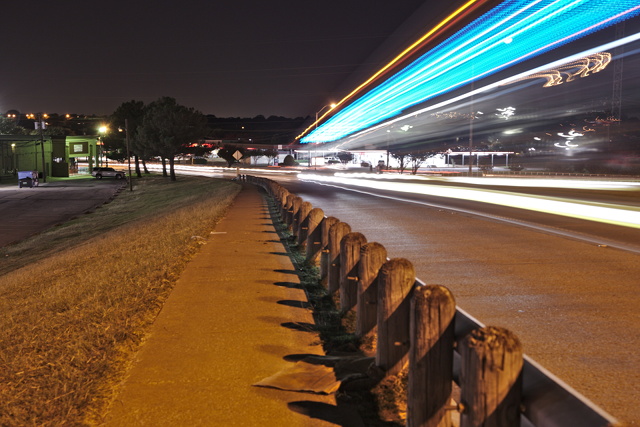
I could have upgraded to a much less expensive crop-sensor camera. The Canon t4i, t5i and 60D are all reasonably priced cameras, and they can all push well past my old Rebel XSi’s ISO 1600 maximum. We recently upgraded my wife to a Canon 60D, so I’ve had a chance to compare photos!
I was using my Tamron 28-75mm f/2.8 lens in downtown Plano one night at the Plano Art and Wine Walk. With only the street-lights to illuminate my photos at ISO 1600, I couldn’t get a fast-enough shutter speed to prevent people’s arms from being blurry when they were walking by. This was the biggest limitation of my old camera that I wanted to correct, and it is what led me towards the Canon 6D.
Why the Canon EOS 6D?
I did a lot of research before settling on the Canon 6D. I am a fan of used camera gear, and the Canon 6D has a nice price point on the used market. The Canon 6D sits about half-way between the price of the Canon 5D Mk2 and Mk3 on the used market.
I skipped the Canon 5D Mk2 because the low-light performance isn’t as good as either the 5D Mk3 or 6D. I could get a nicer, newer crop sensor Canon 60D for less than half the price of the 5D Mk2. They say having the full-frame sensor gets you about an extra half stop of light sensitivity, but I didn’t think that was enough to keep the 5D Mk2 on my list.
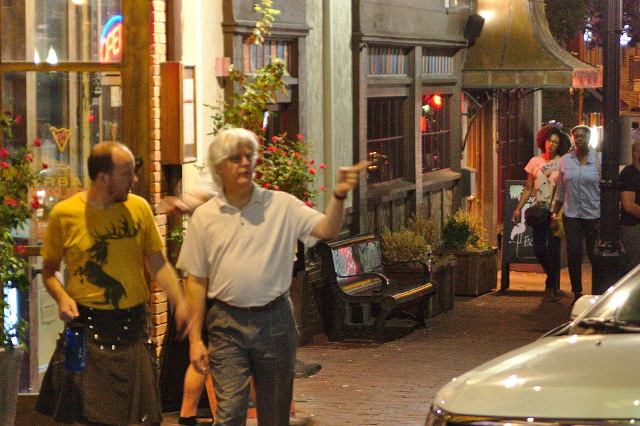
I’d already been thinking about purchasing a Canon 6D for months, and this is the photograph that convinced me that it would be a worthwhile upgrade. I was pushing my Rebel XSi as far as I knew how, but Tommys and Greg’s hands are just a blur under those street lights, and there’s so much noise in their faces.
It was too dark that night to capture a lot of shots I would have liked, but this one stood out in my mind because I almost had it.
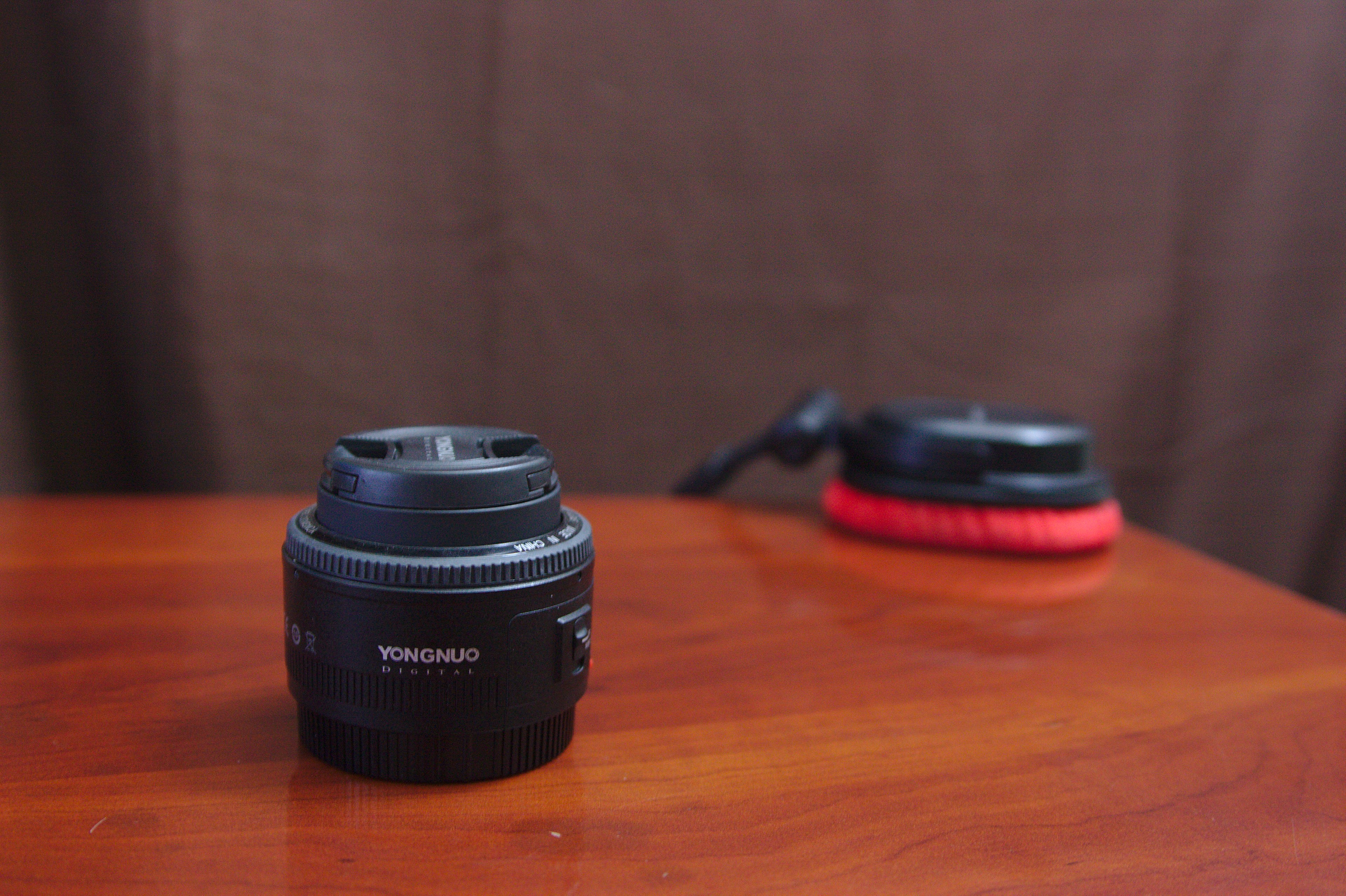
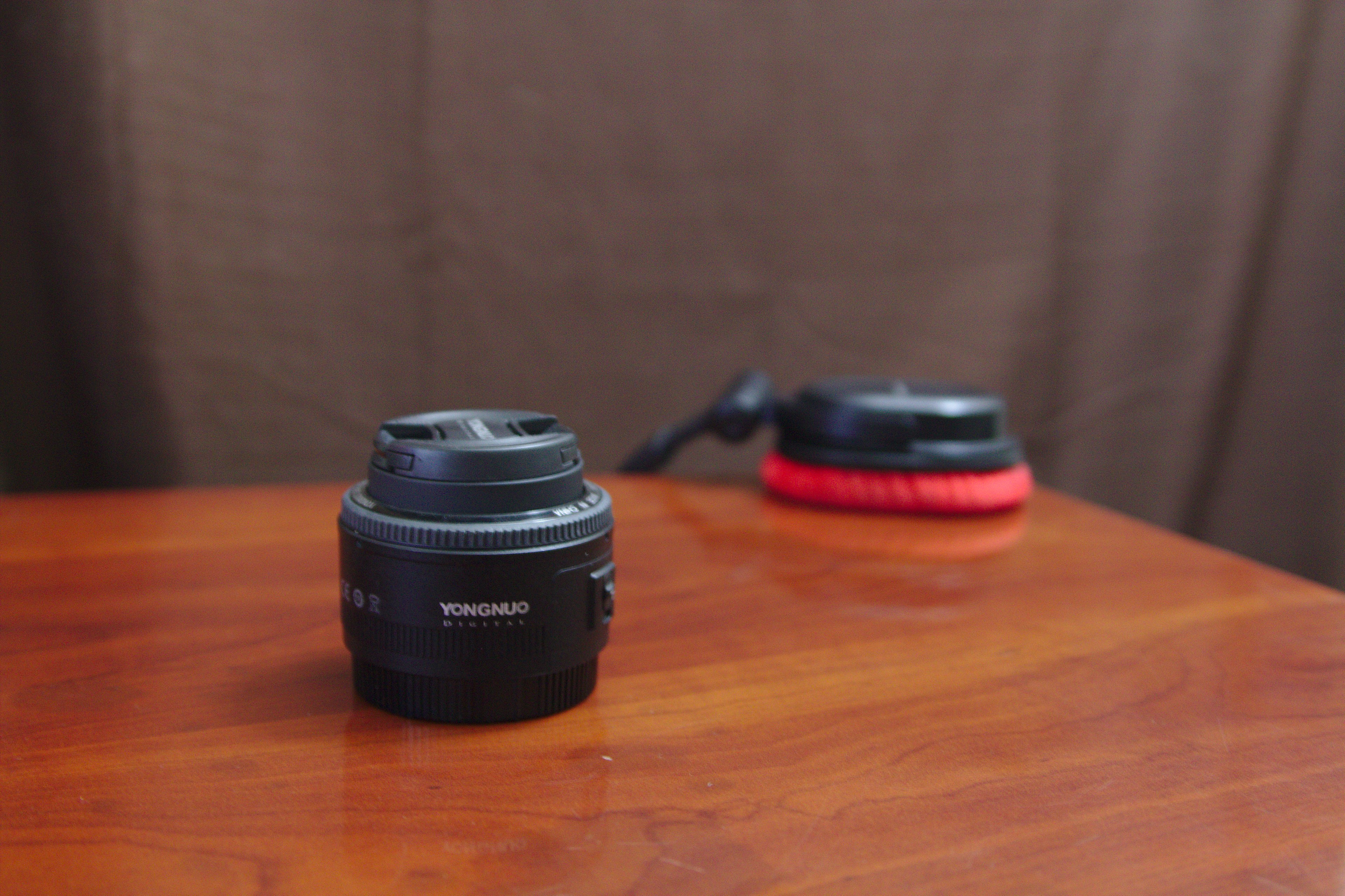
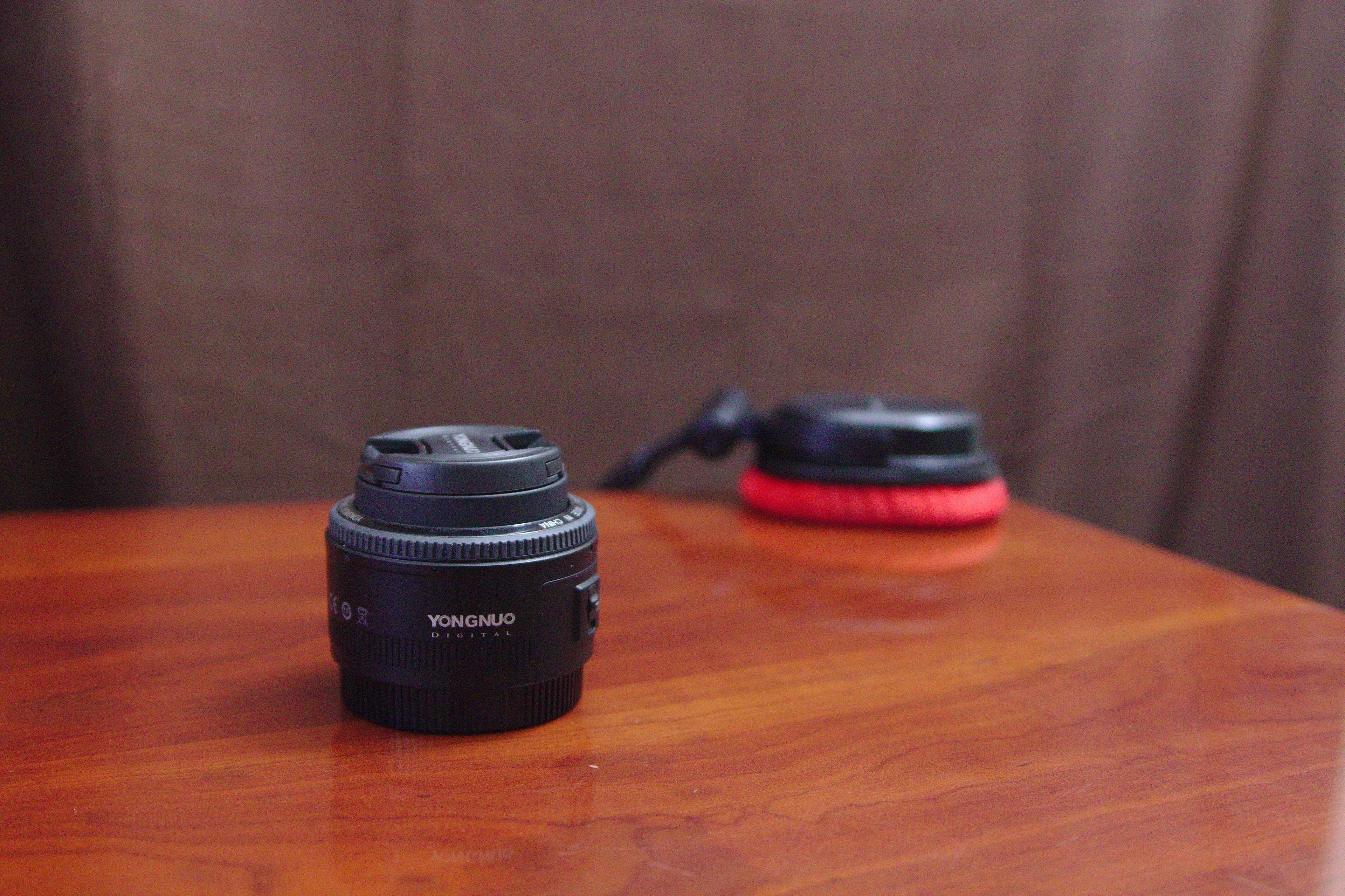
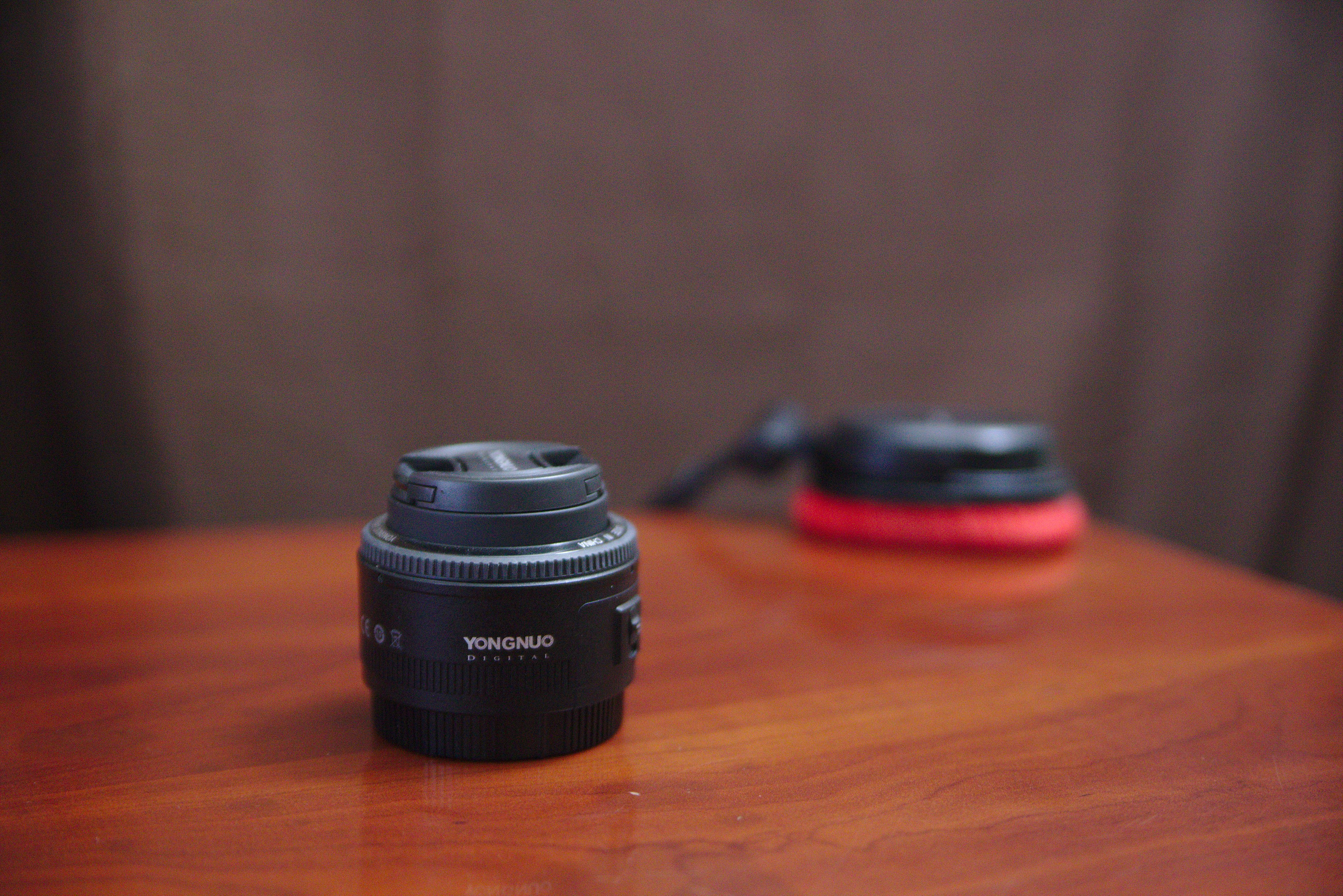
The Canon 6D and 5D Mark III have similar capabilities. The advantage of the 5D Mk3 compared to my Canon 6D is its huge quantity of autofocus points. I have rarely been in a situation where I need more than my center autofocus point, so I had a hard time getting excited about this.
The Canon 6D has Wi-Fi and GPS. I was hoping the Wi-Fi would come in handy, and getting a location stamped on all my photos is a nice bonus. For my purposes, saving $500 by going with a used Canon 6D was a no-brainer!
There are some excellent Sony mirrorless cameras. I’ve handled a few. Their owners love them, but I didn’t feel comfortable with the LCD display in the viewfinder. The ones with better low-light performance than the Canon 6D also cost a good bit more, but if I didn’t already own a bag full of Canon EF mount lenses, my decision might have been more difficult!
- Canon EOS 5D Mk2 at Amazon
- Canon EOS 5D Mk3 at Amazon
- Canon EOS 6D at Amazon
- Should I Buy a Used DSLR?
New or used?
So far, I’ve had good luck with almost every piece of used photography gear I’ve bought from Amazon. I had one occasion where the item we received wasn’t as described. The used Sigma 18-125mm I ordered for my wife was supposed to be the model with optical stabilization, but the lens we received was the older model. The seller refunded a large portion of our purchase price, which made the lens an excellent value.
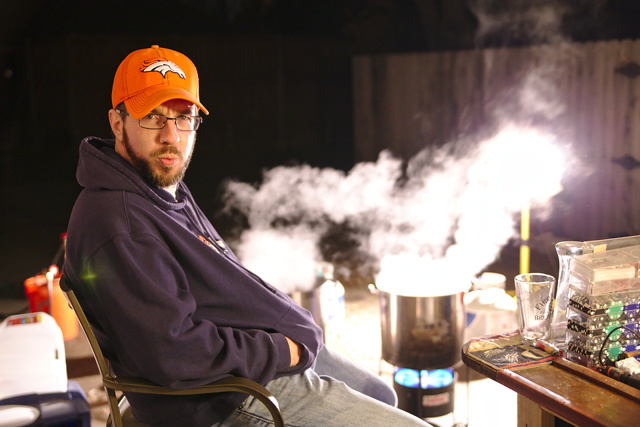
That’s my worst experience with buying used camera gear on Amazon, and it wasn’t bad at all. I’ve purchased three used lenses and three used bodies so far, and every one but the Sigma was exactly what I expected. I’ve mostly bought things that are described as being in “like new” condition.
I’ve saved nearly $2,000 buying used equipment instead of new. Your mileage may vary, of course.
My Canon 6D body was marked “used – like new” at Amazon. It was packaged in its original box, and it had a shutter count of around 5,000. You wouldn’t have known that it wasn’t brand new. The box was from the bundle with the Canon 24-105mm f/4 L IS USM lens. It would have been amazing if that lens happened to still be in the box!
Just for your reference, I paid $1,150 for the Canon 6D body in September when new bodies were listed for around $1,750.
- Canon EOS 6D at Amazon
Was the full-frame Canon 6D worth the money?
I’m quite pleased with the upgrade. More than anything, I wanted better low-light performance out of my new camera, and the Canon 6D easily meets that requirement. I can take photographs around my office for the blog without turning on all my lights. My old Rebel XSi topped out at ISO 1600, and it was fairly noisy up that high.
The Canon EOS 6D has similar noise levels until around ISO 6400, and I can still push it to ISO 12800 in a pinch. Most of the time, Darktable’s profiled denoise function does a satisfactory job at ISO 12800 on my Canon 6D. I’ve only taken test shots at ISO 25600. It gets really noisy up there, and I haven’t yet found a need to push it that far in the real world.
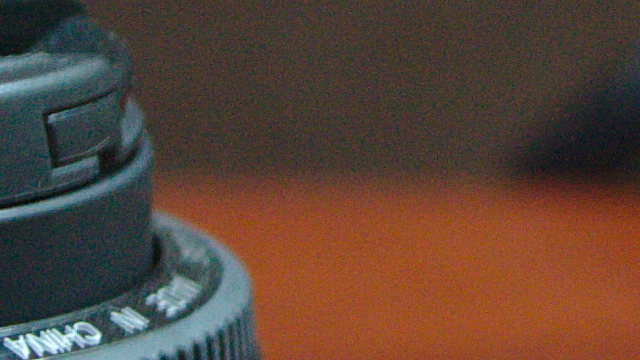
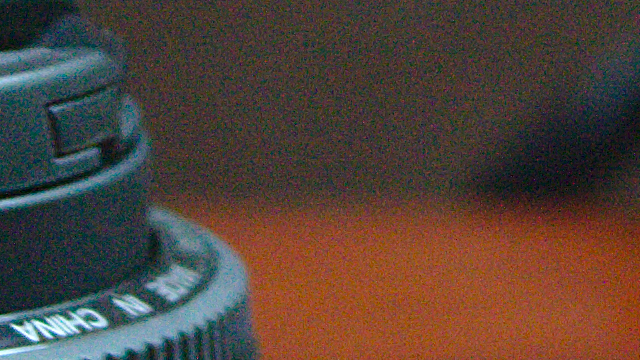
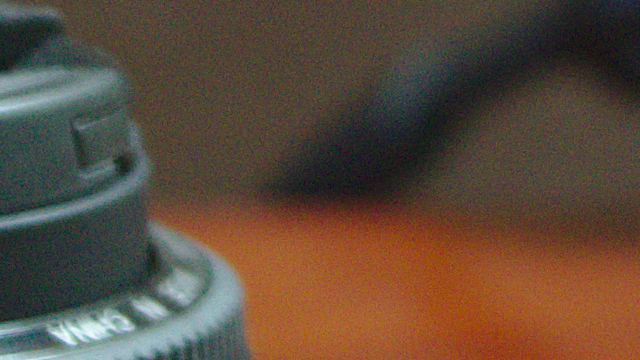
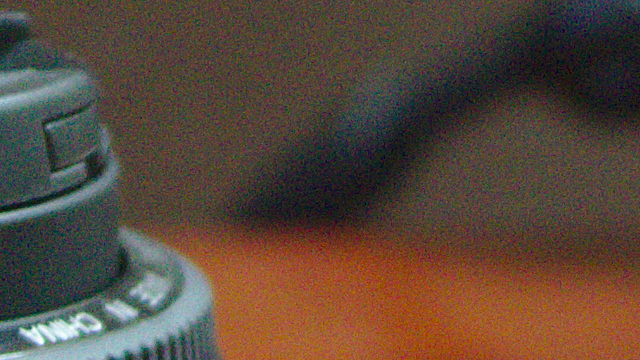
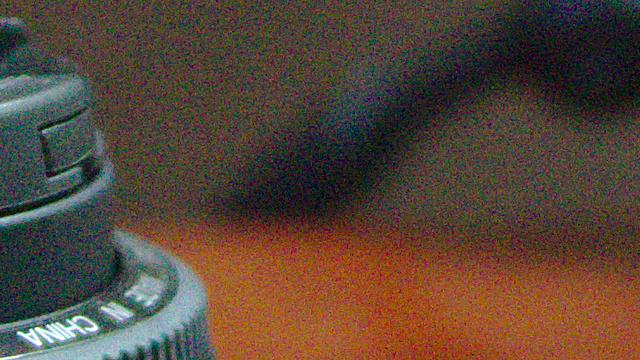
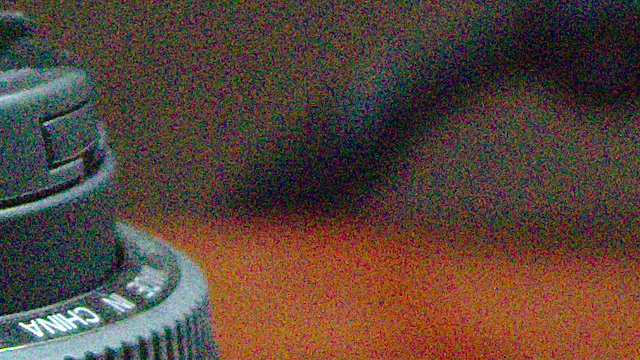
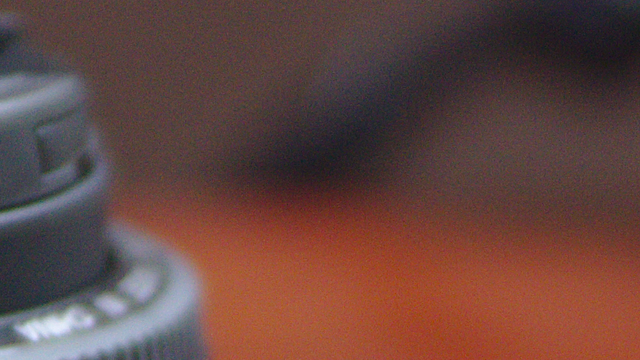
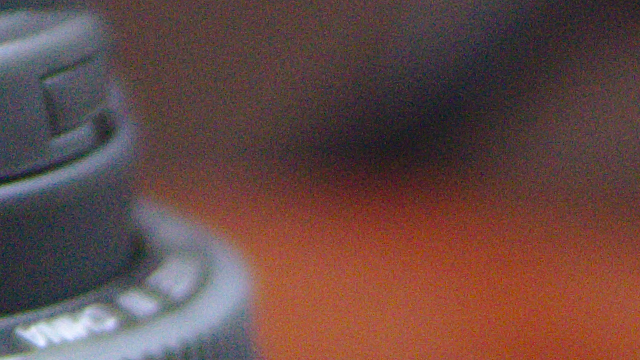
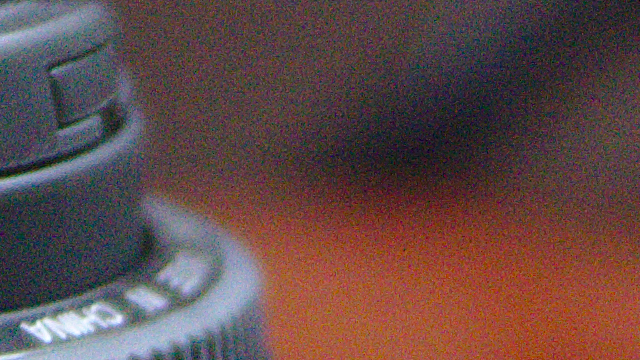
If you enjoy taking shots with a shallow depth of field, you’ll love a full-frame camera. The first test shots I took at my desk with my Tamron 28-75mm f/2.8 had a shallower depth of field than I ever saw on my crop-sensor Rebel XSi—even with my Canon 50mm f/1.8 or Yongnuo 35mm f/2 prime lenses! In fact, it is almost a struggle to get a deep enough depth of field when I shoot something that’s sitting on my desk—I’m often pushing it to F/8 or more!
My Canon 6D body cost almost three times as much as my wife’s used Canon 60D. They’re both fantastic cameras, and the 60D would have been a huge upgrade for me. I’ve only shot with my wife’s camera a few times, but I feel that I made the right decision.
Some of the things I prefer about the Canon 6D are minor. Even though the Canon 60D also has the professional-style layout, I think the controls feel better and more comfortable on my 6D.
For me, everything comes back to that low-light performance. I have confidence that no matter how dim the room is, I can push my ISO higher to squeeze out a little more shutter speed. I’m already letting just about as much light in as I can with my Tamron 28-75 f/2.8—a better body was the only upgrade I had left, and I think it was worth every penny.
The Canon 6D Wi-Fi is terrible
The Wi-Fi capabilities of the Canon 6D are just short of being useless. I’d been using a Wi-Fi SD card in my old camera for a few months. It wasn’t all that capable, but I could at least have it copy the raw files off my camera as I was shooting. The Canon 6D’s built-in Wi-Fi can’t send raw files at all.
I have found the Android app to be useful at times, but it is a real pain in the neck for my use case. I used it to share photos on Twitter while I was at SlingFest and the Downtown Plano Art and Wine Walk. This seemed like an ideal use case for the built-in Wi-Fi.
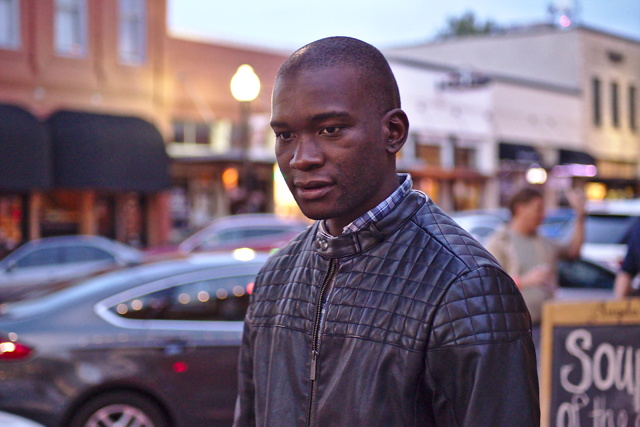
I figured it would be easy. I turned on the Wi-Fi hotspot on my phone and connected my camera. The camera connects just fine, but the Android app can’t see the Canon 6D on the network. Canon’s app simply refuses to even look for the camera on the network. I can view photos on the camera with other Android DLNA apps in this configuration, but I haven’t liked any of the DLNA apps I’ve tried.
The only way I am able to copy photos to my camera is by enabling the access point on the Canon 6D and connecting my phone that way. That means my phone is no longer connected to the Internet. It takes way too long to copy and share photos this way. There’s so much waiting involved every time you connect the phone to a new network, and sometimes I have to power cycle the camera to make things work.
Tethered shooting with the Android app is neat, but I rarely get to use it. Disconnecting my phone from the rest of the world isn’t worthwhile.
There is a downside when moving to full frame
I’ve long been prepared for my upgrade to a full-frame DSLR. Almost every lens I bought has been a full-frame lens—Canon full-frame (EF) lenses will mount on crop-sensor (EF-S) bodies, but not the other way around! I couldn’t use two lenses from my collection.
I can’t use the 18-55mm f/3.5-5.6 kit lens. That’s no loss at all, since I’d replaced it with the Tamron 28-75mm f/2.8 a long time ago. The Tamron f/2.8 is a fantastic lens—sharp enough for me that I’ve almost completely stopped using my 50mm f/1.8 prime! It is a great value, too—especially used!
The Tamron 28-75mm is equivalent to about 45-120mm on a 1.6x crop-sensor camera—a perfect walking-around lens! It can go wide enough to use comfortably indoors, while still having enough reach when you’re walking around outside.
I knew my lenses would feel different on the Canon EOS 6D, but I didn’t anticipate just how different! My Tamron 28-75mm is so much less useful in wide, open spaces on the full-frame DSLR. It is still my favorite lens, and it is mounted to my camera 95% of the time, but I use it mostly indoors now. When I’m wandering around outside, I usually bring my telephoto lens now.
Speaking of the telephoto lens, that’s the other lens I had to replace. As soon as I got home from SlingFest last year, I ordered a Canon 55-250mm telephoto lens. SlingFest is a big place, and I missed a lot of shots because I couldn’t walk around quickly enough to follow all the action. I wanted to be prepared for the next year, and the Canon 55-250mm is a low cost used lens.
Unfortunately for me, the Canon 55-250mm is an EF-S lens, so it doesn’t work on my Canon 6D—it is in my wife’s bag now for her Canon 60D. When I bought the Canon 6D, SlingFest was already approaching fast. I also bought an ancient, used telephoto lens—a Tamron 70-300mm f/4-5.6. It is actually an old lens made for a film camera!
It is far from a great lens, but lighting is almost always favorable when I use it. It doesn’t have optical stabilization, so I make sure to keep the shutter speed at 1/1000 or faster. I’m slow and lazy, so I don’t shoot full manual when I’m away from home. That kept me shooting in Tv mode with the Tamron 70-300mm, which meant the lens was always wide open.
I’ve since figured out how to use Magic Lantern’s Auto Exposure mode. This lets me set a fast minimum shutter speed while forcing the aperture to f/8 or higher. My ancient Tamron 70-300mm won’t be winning any sharpness contests, but stopping down to f/8 improves the quality of the shots from my $75 lens quite a bit!
Why would I use a $75 lens on a $2,000 camera? The answer is simple: I only use my telephoto lens a handful of times every year, and it is almost always a sunny day when I use it.
- Tamron 28-75mm f/2.8 at Amazon
- Tamron 70-300mm f/4-5.6 telephoto at Amazon
Conclusion
I know I made the right decision. The low-light performance of the Canon 6D is leaps and bounds ahead of my old Rebel XSi or my wife’s Canon 60D. The extra money I spent is a small price to pay for having the confidence that I can get the shots that I want at night or when the lights are out.
Under good lighting conditions, it just doesn’t matter. Almost every shot I’ve taken with my Canon 6D would have looked just as good if I had taken them with my wife’s Canon 60D—or even my old Rebel XSi!
If I didn’t want that low-light confidence, I would be shooting with a 60D today. In many ways, it is a better camera than the 6D—it is lighter, has faster autofocus, and the extra zoom of a crop sensor is handy.
Either way, I am now a fan of Canon’s semi-pro and pro style bodies. They have some nice upgrades over the consumer models. The pentaprism in the 6D and 60D is brighter and clearer than the pentamirror in the consumer DSLR bodies, and the LCD display on top is much handier than I expected.
If you’re buying used like I do, the difference in price between a semi-pro body like the Canon 60D and a consumer body like the Canon t5i is quite small. I believe the 60D, t4i, and t5i all use the same sensor, too!
- Canon 6D at Amazon
- Canon 60D at Amazon
- Canon t5i at Amazon
- Should I Buy a Used DSLR?